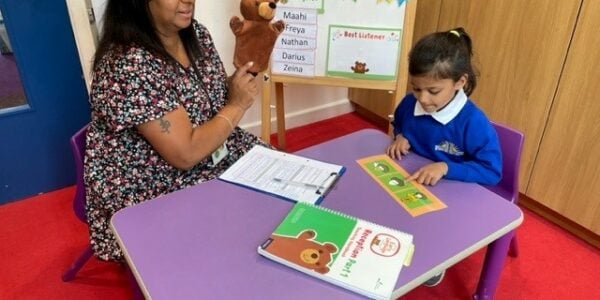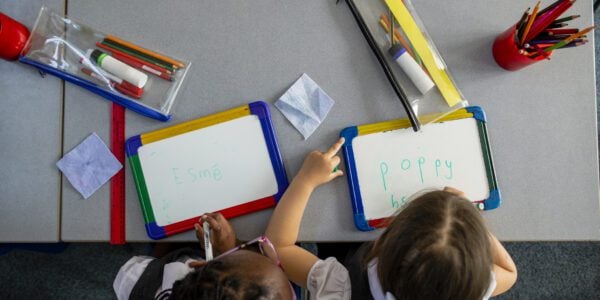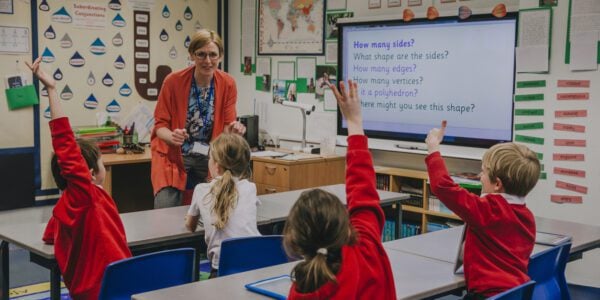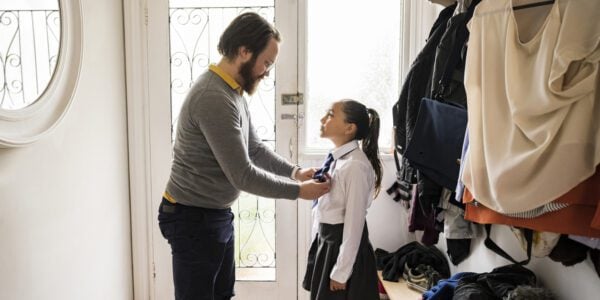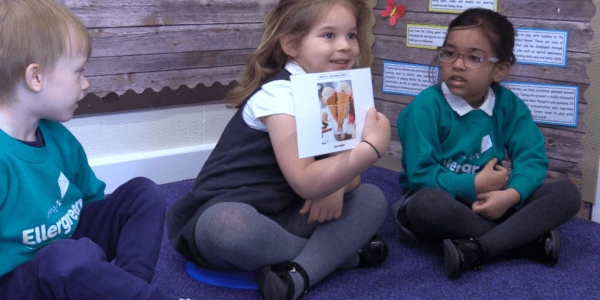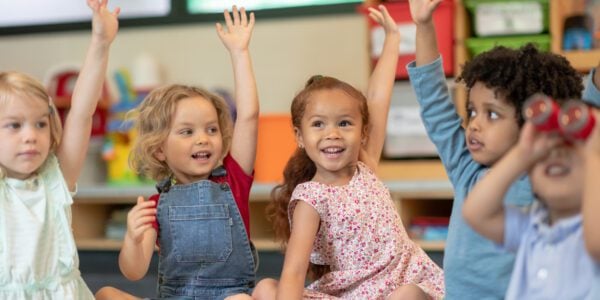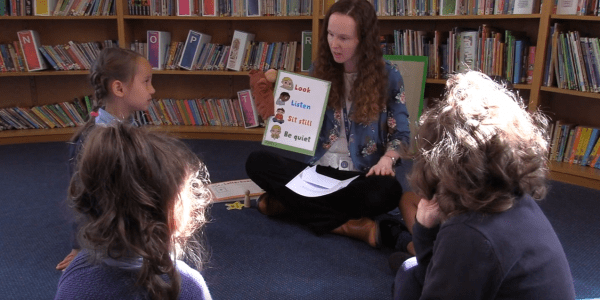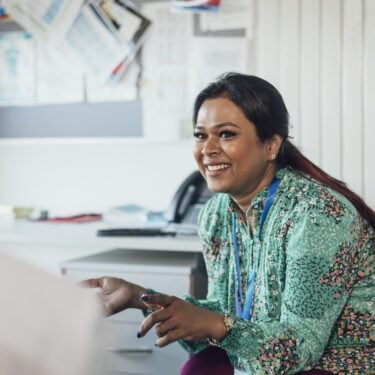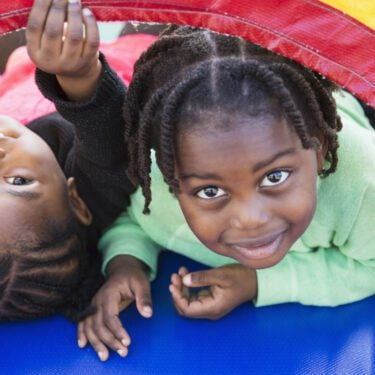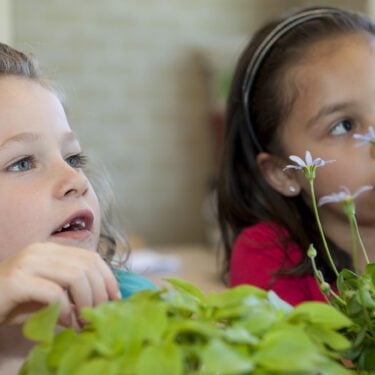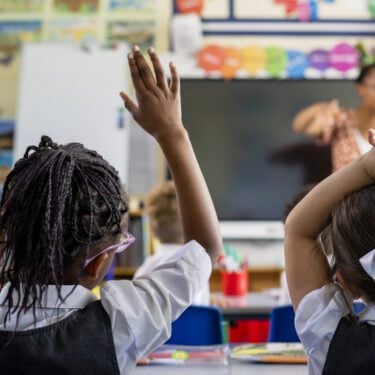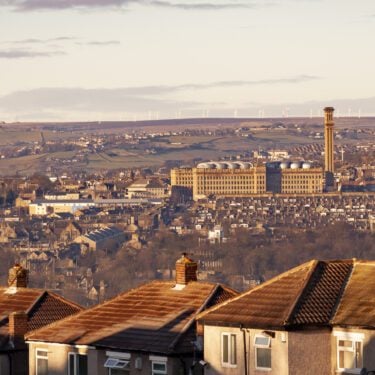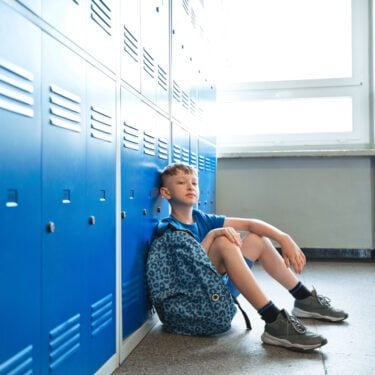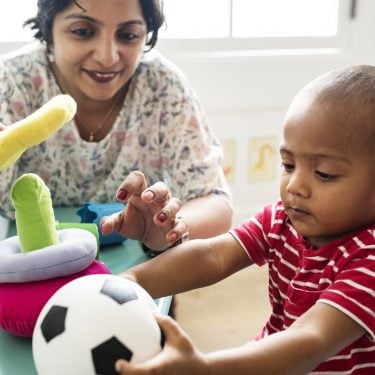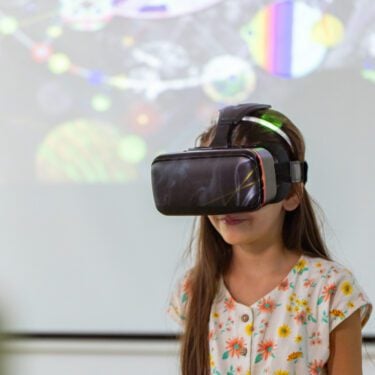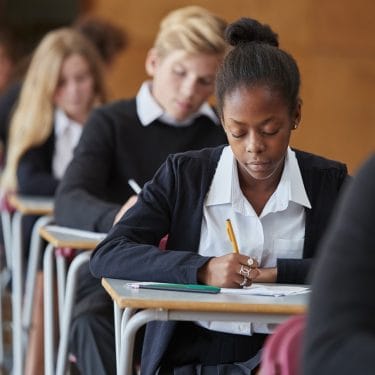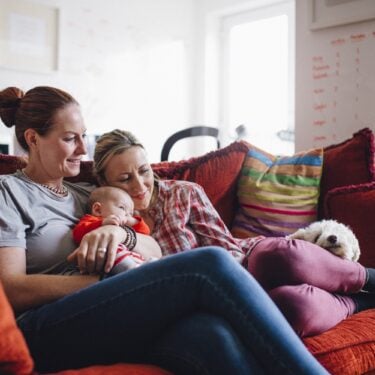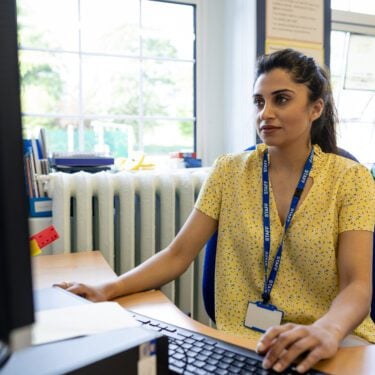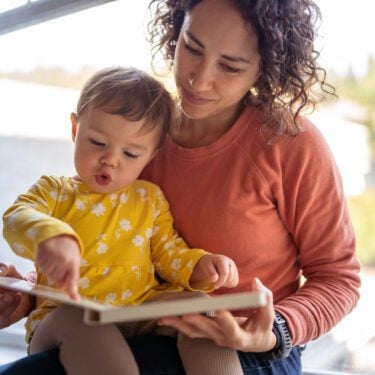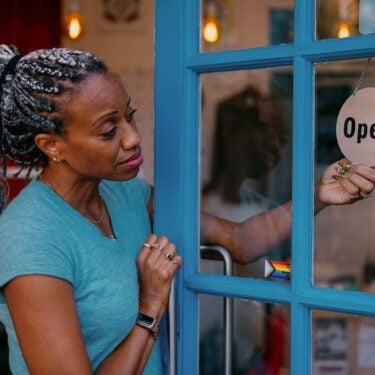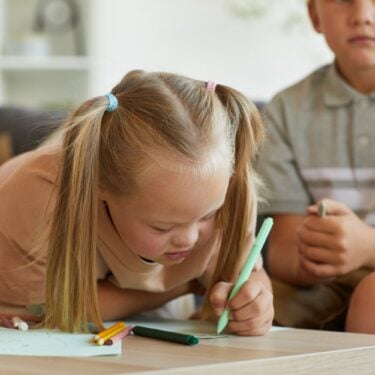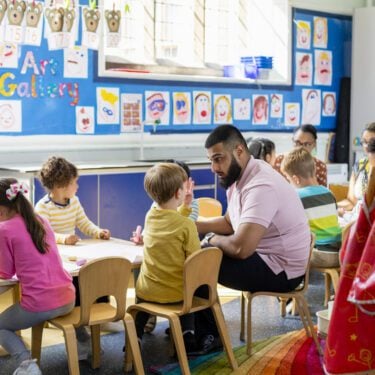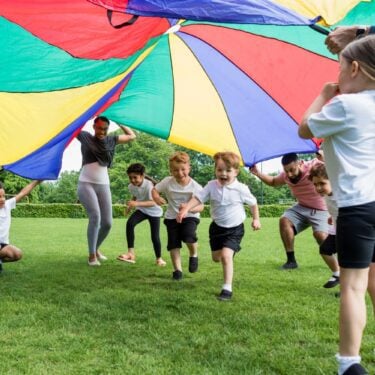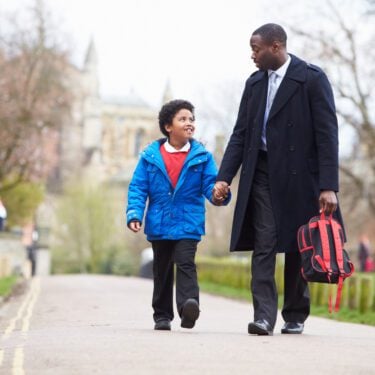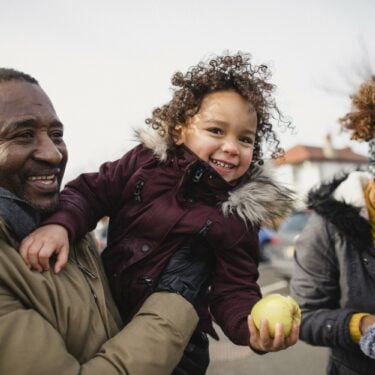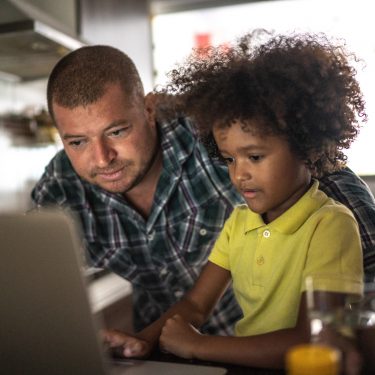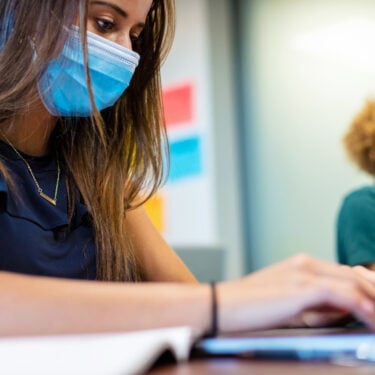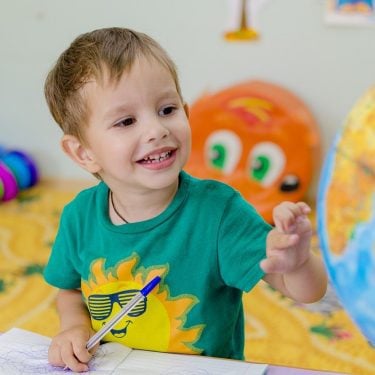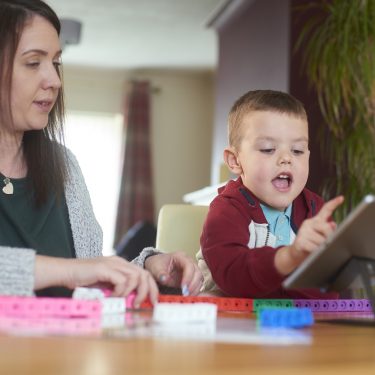
26/11/20
5 min read
Today’s generation of under-fives is the first in which a majority are spending a large part of their childhoods in formal education and care settings and have parents who are both in paid employment. Compared to previous generations, young children today are more likely to have older parents, fewer siblings and a greater chance of experiencing a variety of family relationships if parents separate and re-partner.
A new Nuffield Foundation evidence review published today reveals the extent of changes to family life in the UK over the last 20 years and highlights how these changes are experienced unequally across the population. Parental income and level of education play a large part in shaping early childhood experience, and this is exacerbated as the current generation faces an uncertain start in life as a result of COVID-19.
The review, How are the lives of families with young children changing?, draws on over 130 sources to reveal how family context and social and economic factors are combining to create a new environment for early childhood that is marked by inequality and insufficiently understood.
Family formation and structure have changed over the last 20 years but when people have children and how many they have is increasingly linked to their level of income and education.
- Although most children still spend their early childhood in families with married parents (61% in 2019 compared to 71% in 1996), the proportion of families with cohabitating parents, and ‘blended’ families have increased. Following a steady increase since the 1970s, the proportion of lone-parent families has stabilised over the past two decades at around 22%. The decline in marriage has been slower in Northern Ireland than the rest of the UK and amongst British Asian and Chinese families.
- On average, people are having children later and fewer of them, but this is linked to mothers’ level of education. Differences in family size by parental education level have widened over time; those with a higher level of formal education are having fewer children at an older age than those with lower levels of formal education. Teenage pregnancy rates have decreased across the UK in the last 20 years but there is marked regional variation, with much smaller reductions in some local authority areas (such as Castle Point in Essex, South Norfolk and Bromsgrove in Worcestershire).
- Cohabiting parents are more likely to separate than those who are married, but this is because people in more stable relationships are more likely to get married rather than marriage in itself conferring relationship stability. The income and education level of parents are more important for children’s outcomes than whether parents are lone, married, cohabitating or separated.
- The quality of relationships between parents and children and the level of conflict is an important factor in children’s outcomes and well-being. The presence of persistent, hostile and unresolved conflict has a detrimental impact on childhood well-being and outcomes regardless of family structure.
- We know very little about the impact on children of re-partnering, non-resident parents and living in blended families because there is insufficient data collected on separated families and the relationships between children and non-resident parents. This is hindering effective policy making as data collection has not kept pace with the reality of young children’s lives.
There has been a significant increase in the employment rate for mothers of young children and in the proportion of children in formal early education and childcare provision, but mothers still do much more childcare than fathers.
- The employment rate for mothers whose youngest child is two years old increased from 49% in 1996 to 66% in 2018. This means that most children under five will now grow up in a household where both parents work. The employment rate for lone parents has also risen, although it remains one of the lowest of any major EU economy.
- The number and proportion of young children in formal early childhood education and care has increased steadily and the majority of children under five now spend a large part of their childhoods in such settings. This reflects increases in state-funded care – the number of free entitlement hours for three- and four-year-olds has almost doubled between 2003 and 2019. However, the most disadvantaged families are least likely to take up their state-funded entitlements to early education and childcare, as are children who speak English as an additional language.
- Mothers still carry out much more childcare than men. Prior to COVID-19, men were only doing half an hour a week more childcare of pre-school children than they were twenty years ago, but the impact of COVID-19 has led to an increase in the amount of time fathers are spending with their young children.
COVID-19 is increasing financial insecurity and poses a risk to children’s early education and development but is also enabling fathers to spend more time with their children.
- 37% of families where the youngest child is under five are living in poverty. Rates of child poverty are higher for children from Black, Asian and ethnic minority groups and for children living in families where there is a disabled adult or child. Almost half (48%) of lone parent families are living in poverty. This is likely to increase with the economic fallout from COVID-19.
- The combination of job losses, nursery and school closures, and home working is changing how parents spend their time and divide responsibilities for paid work, childcare and housework. Mothers are both more likely to have lost paid work and to be doing more childcare than fathers, but fathers have also increased the amount of time spent on housework and childcare.
- A large proportion of children under five will have missed six months of being in an early years setting or reception class. This is already having an impact on children’s learning and development, especially for children from lower income households. The sustainability of the private and voluntary childcare sector is also at risk.
The review also finds that is it not possible to fully understand trends and patterns in family life because of inadequate data collection, particularly in relation to separated families, blended families and non-resident parents (usually but not always fathers). As a result, policy resources and services are not meeting the needs of young children in different kinds of families. This needs to be addressed in order to design and implement policy that will better support children, particularly those most in need.
Carey Oppenheim, author of the review and Early Childhood Lead at the Nuffield Foundation said:
“Being a small child today is a strikingly different experience to a generation ago, as changes in family life and socio-economic circumstances intertwine to shape children’s experiences and their outcomes. Young children today are much more likely to be in formal childcare and to start school earlier. They are more likely to have older parents who are likely to both be in paid work. They are likely to have fewer siblings and a greater chance of experiencing a variety of family relationships if parents separate and re-partner. They are more likely to be living in precarious financial and housing situations and particularly so for the younger generation of parents.
“These changes are fundamental – impacting where children are looked after and by whom and how they are spending their time. The early years are such an important stage of life that it is essential we understand fully what has changed, the inequalities between families and what we should be doing to enhance the well-being and life chances of young children over and above the confines of early years policy.”
Download evidence review





